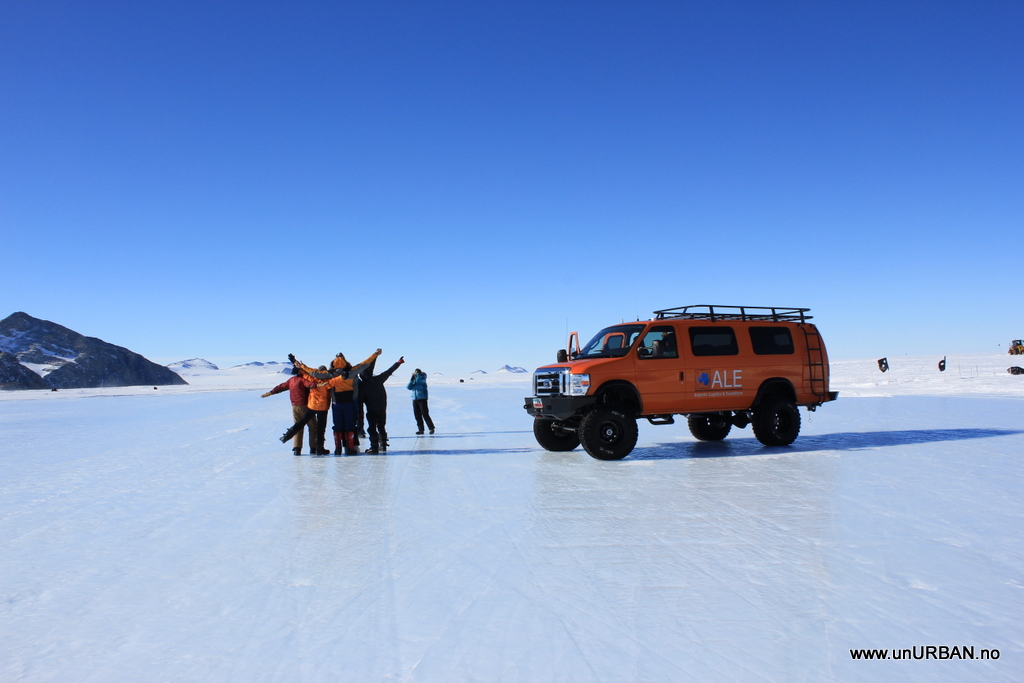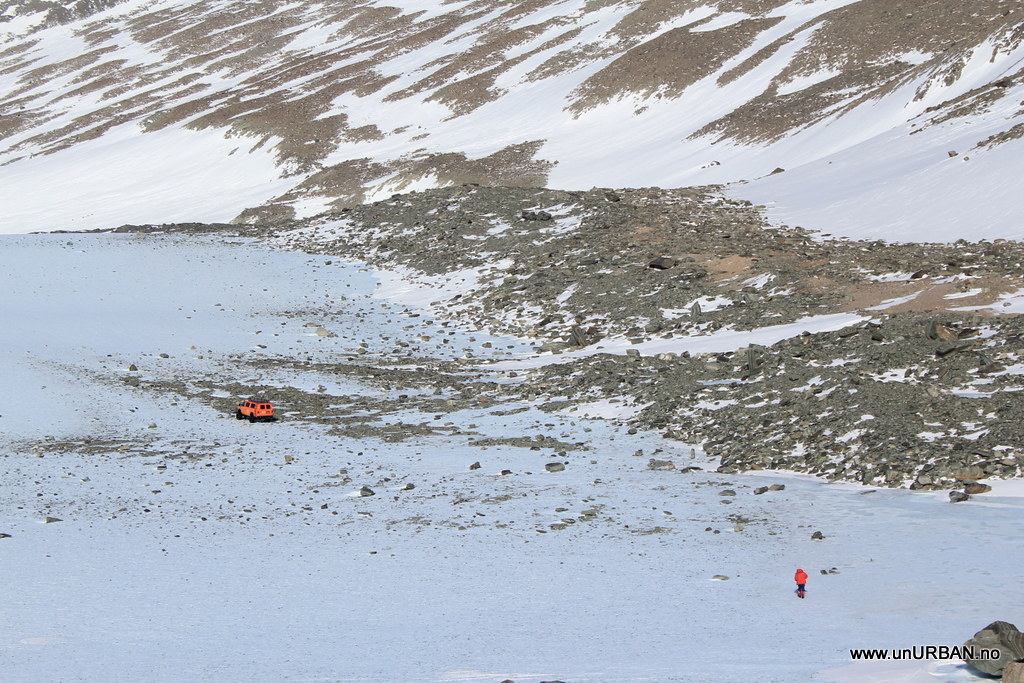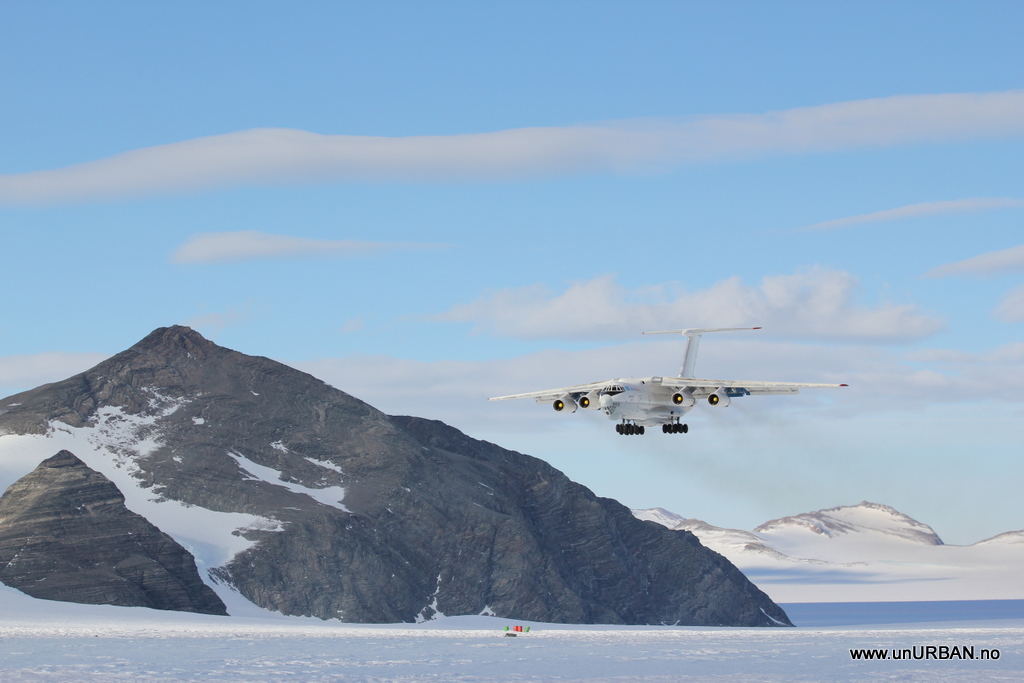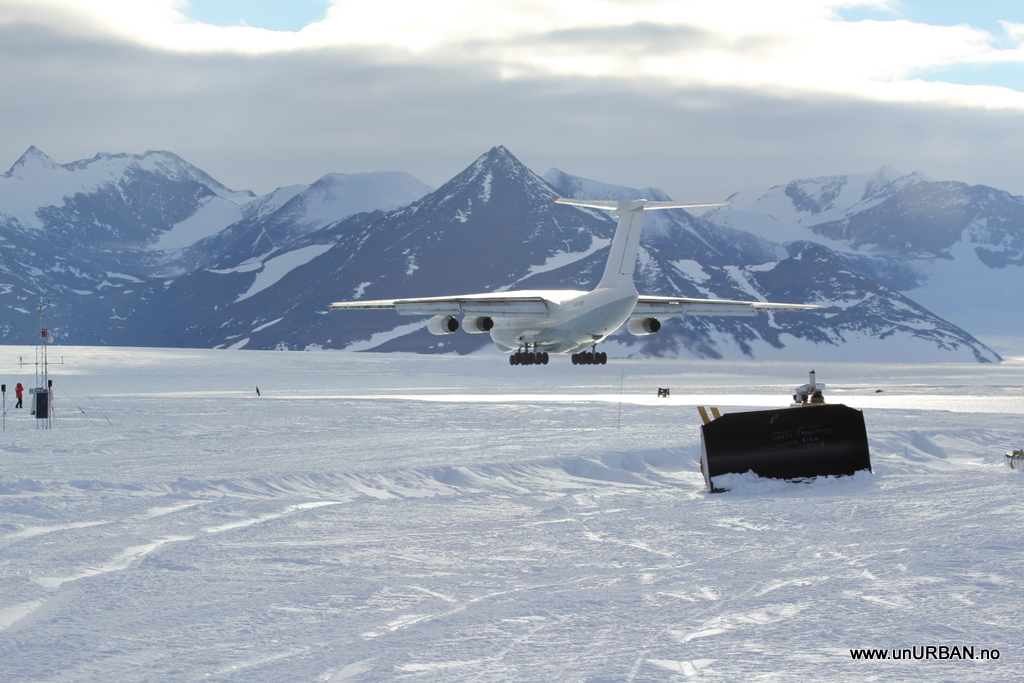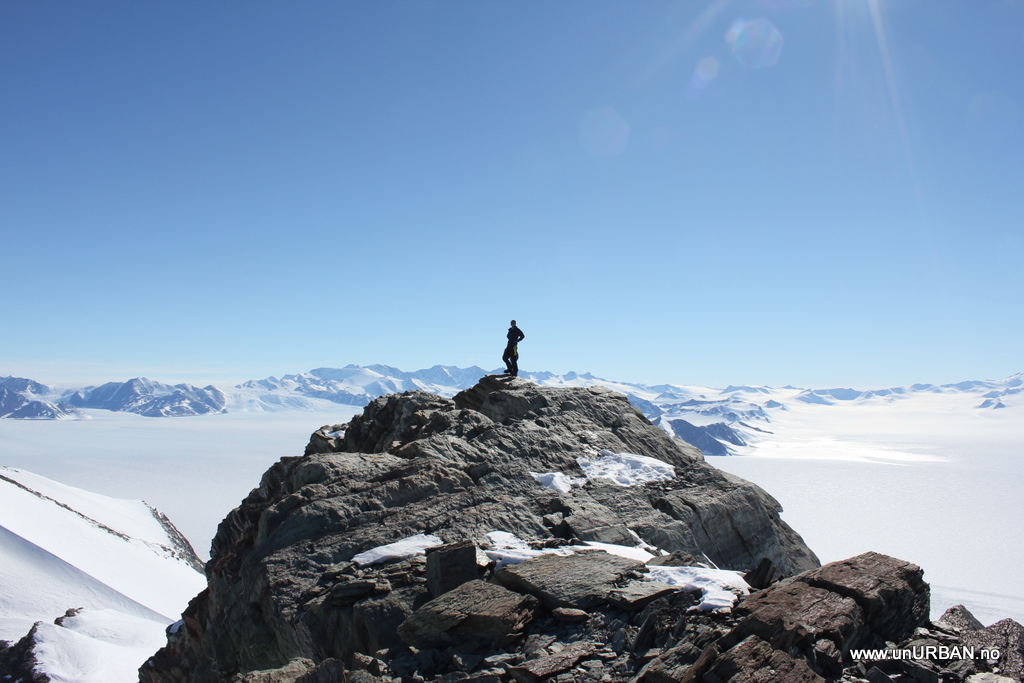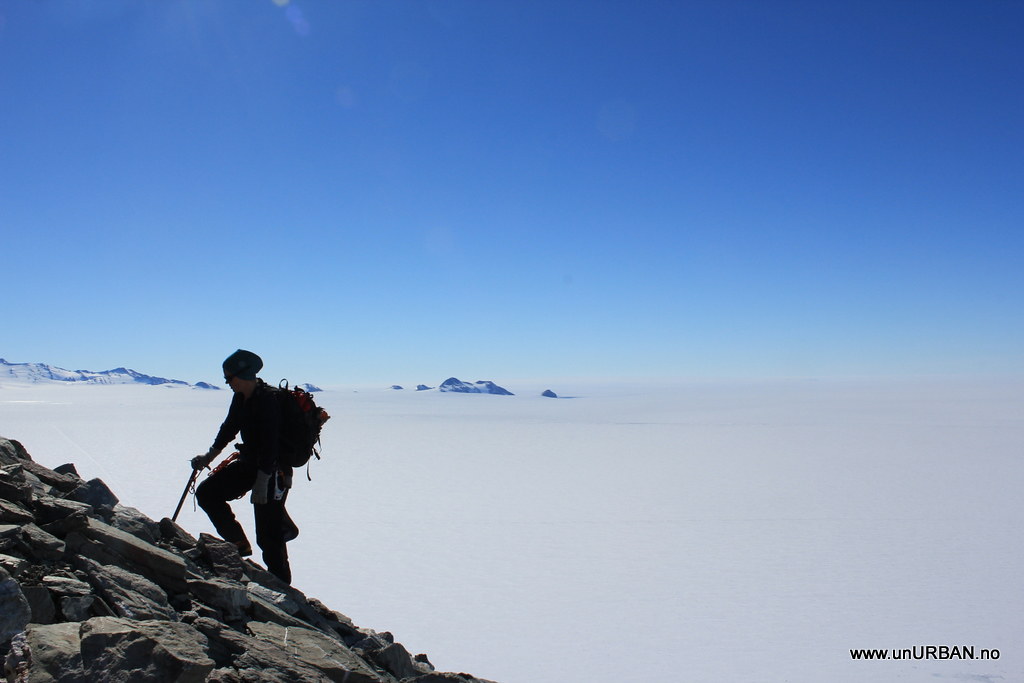Camp life in Antarctica
Sorry for a slight delay in the blogging. We hoped to be able to post some blogs from the frozen continent, but we had some technical challenges, and it turned out to be a bit harder than we had thought. Anyway, we'll try to post us up to date again, and we hope our pictures from Union Glacier and some other places in Antarctica can be of interest. This first post was written in mid December. More soon!
.
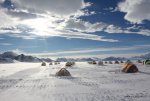
.
Hi Everybody!
.
It has been a while since we posted on our blog and forum threads. Amazing how fast time goes by. Five weeks ago I was in Punta Arenas waiting for better weather in Antarctica, and now we are almost half way through the season here at Union Glacier. Malin is cooking and I'm cleaning, washing, and helping where it is needed. Both of us have been able to get out of camp on a few occasions, and Malin is in time of writing at the South Pole where she is the base chef for the 100 years anniversary for Amundsen's arrival at the pole as the first in history.
.

.
Several this years' expeditions have timed their arrival at the South Pole to this anniversary date (14th December), so it will be lively in camp here when everybody has a stop over here on their way out from Antarctica.
.
I also got a few trips out of camp this season, and the first was a flight up to Berkner Island to dig out a fuel depot. It was five of us plus two pilots, and we dug up more than 50 200 liters fuel drums. This was my first flight out of camp, and the Antarctic landscape is simply stunning!
.
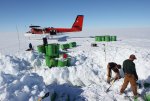
.
My muscles were pretty sore the next morning, but at breakfast I found out that there was another digging mission on the agenda, and I signed up. This time it was a weather station (instruments on a mast) that had to be dug out at Thiels Mountains, about half way between Union Glacier and the South Pole.
.
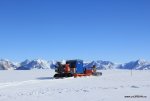
.
Tractor train leaving camp at Union Glacier.
.
This is also a fuel depot that ALE uses for its Twin Otters when they fly to the pole. When we landed, a team from ALE had just arrived in a tractor-train (piste machines (same type as those used in ski resorts)) loaded with fuel drums. As a Twin Otter has to refuel on its way to the pole, they used to fly the fuel depot up by plane and then the fuel gets really expensive. Some years ago they tried to drive out a “train” with fuel loaded on sledges, and it turned out to be way more fuel efficient than flying it. And when we started digging out the weather station, it soon became obvious that the piste machine would come in handy also for the digging. The base of the weather station was more than 3 meters (10 ft) down in hard, wind packed snow. Using the piste machine we could make a big hole next to the mast and then dig in to the instruments from the side. The flight to and from Thiels was spectacular, and to take in the vastness of the Antarctic landscape you actually need some time. The glaciers here are endless.
.
In camp, however, you almost forget where you are. Life is quite simple with most facilities we are used to from home. Most of everyday life happens in one of our big “Weather Haven” tents.
.
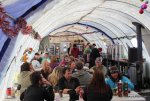
.
The kitchen and dining room tent is warm around the clock, and this season we have also got a kind of “running water”. Snow is shoveled into a big tank outside the tent and a Webasto water heater (same kind as you can mount in a vehicle) melts the snow and warms up the water. It runs on jet fuel. A similar unit is mounted in a smaller tent and connected to two showers. Luxury! For preparing food we use propane, and at night the big tents are warmed up by diesel stoves also running on jet fuel. Electric power is basically from solar panels and batteries connected to an inverter. This is backed up by a generator for cloudy days. Our workshop/garage is also in a Weather Haven tent, and they probably use their generators a bit more than in the dining tent to run tools and other electric equipment.
.

.
Our personal “house” is not as spacious as the roof top tent, but a Mountain Hardware mountain tent has enough room for the two of us and some clothes and equipment. And the weird thing is that the temperature inside the tent is kind of like a normal room temperature. This far south we have sun 24 hours a day, and the tents heat up surprisingly well. Slightly colder during the night, but the big down sleeping bag that we used high up in the Andes Mountains is way too warm for these temperatures. Next time I'll bring the summer sleeping bag.
.
E&M






